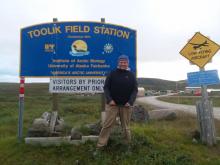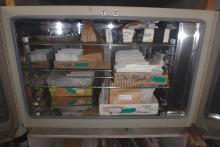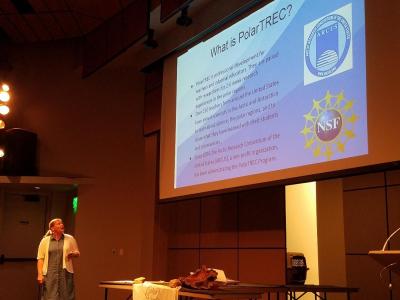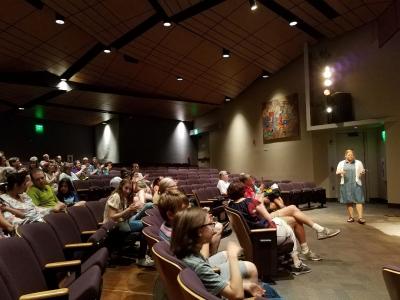Update
Now Archived! PolarConnect event with Svea Anderson and Dr. Donie Bret-Harte from Toolik Field Station on 13 August 2018. You can access this and other events on the PolarConnect Archives site.
What Are They Doing?

This project will assess contributions of different shrub feedbacks to carbon and nitrogen cycling, and improve predictions of the consequences of shrub expansion in the Arctic for regional and global climate.
Where Are They?

Latest Journals

Donie Bret-Harte is a Research Assistant Professor at the Institute of Arctic Biology at the University of Alaska Fairbanks. Dr. Bret-Harte is a plant community and ecosystem ecologist who examines how global climate change affects arctic vegetation composition and nutrient cycling.







